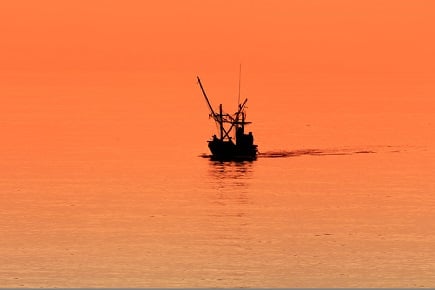

The lack of an enabling framework on rising sea levels in New Zealand is creating uncertainty that threatens private property, infrastructure and the environment.
That is the finding of a report released by the Organisation for Economic Co-operation and Development (OECD). It supports the recommendations given by LGNZ’s recent report Vulnerable, which identified that as much as $14 billion of local government infrastructure is exposed to sea level rise.
The new report suggests that in most OECD countries, local governments implement measures to directly manage coastal risks. However, the problem arises with the enabling framework set at a national level. It also proposes that the central government should be responsible for providing the tools and incentives so that communities can plan and adapt to climate change.
“Around the world, it’s recognised that national plans are needed,” LGNZ president Dave Cull said. “What we’ve been given in New Zealand is a guidance document that provides local government with limited direction, and as a result there’s great uncertainty for our coastal communities.”
Cull noted the country needs to put a robust policy framework in place to ensure it minimises the disruption and harm to communities.
“[W]e only have a relatively narrow timeframe in which to do it before the scenarios in our sea level rise report become a reality,” he noted.
The OECD report used the Clifton to Tangoio Coastal Hazard Strategy in Hawke’s Bay as a case study of good local government leadership on adapting to climate change.
“Although we’re pleased with what we’ve achieved in Hawke’s Bay, we’re ultimately operating in a grey area because there hasn’t been any national alignment on responsibilities, resourcing or policy,” Coastal Hazard Joint Committee Chair Peter Beaven said. “As the report points out, the answers have not yet been developed in Hawke’s Bay or anywhere else, and a serious conversation about our respective roles is long overdue.”
“Local councils have, for many years, led the policy debate around climate change adaptation in New Zealand,” Cull added. “We are literally on the front line, and have been engaging with residents, iwi, and businesses, who are exposed to rising sea levels, but the threat is too big for us to fight alone.”
